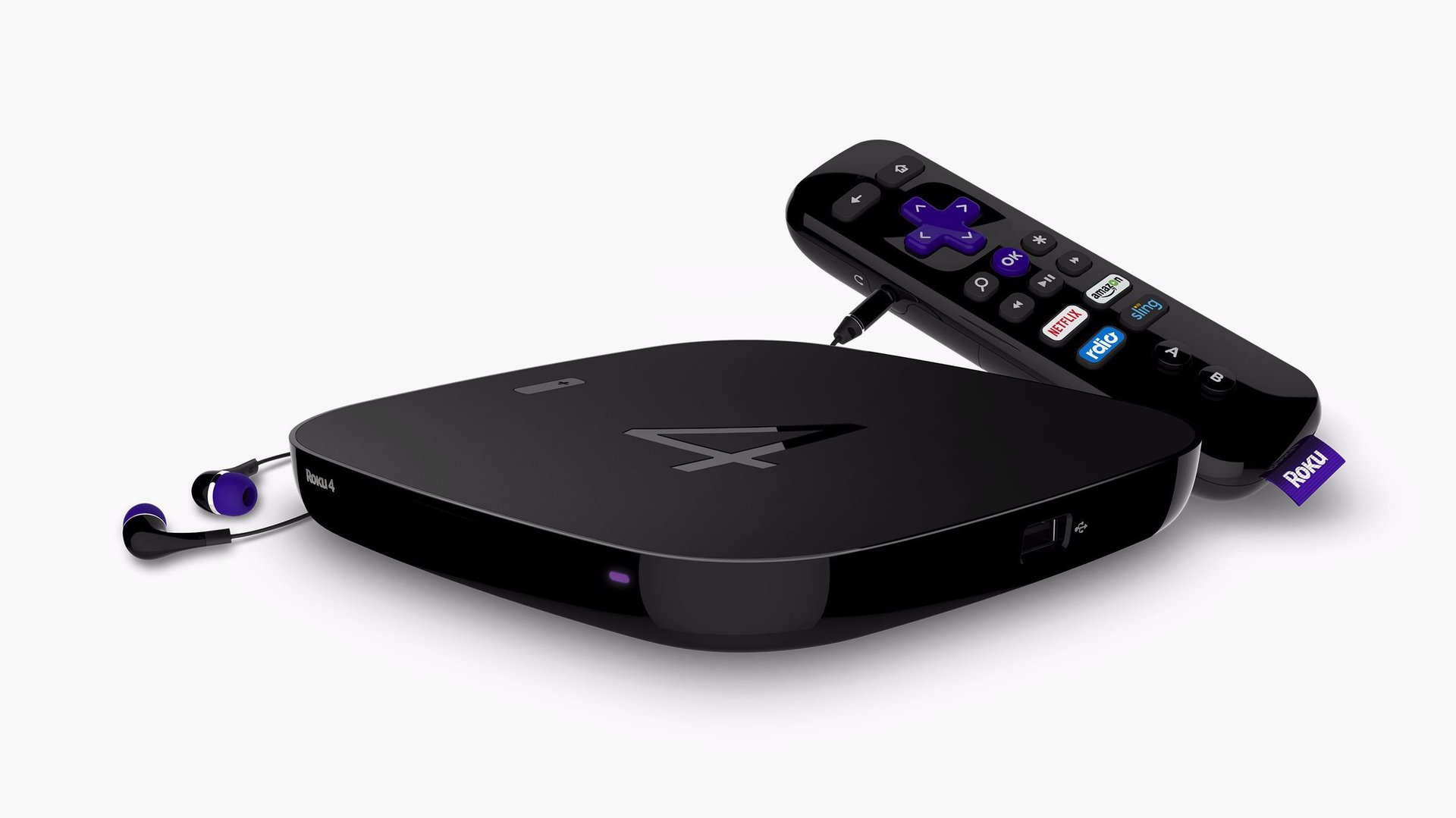Besieged by Chromecast and Apple TV, Roku is still the cord-cutter’s favorite
Apple has iTunes and the Apple TV. Google has its video platform, YouTube, and its connected-TV device, Chromecast. Amazon has Amazon Video and the Amazon Fire TV. But Roku just has Roku.


Apple has iTunes and the Apple TV. Google has its video platform, YouTube, and its connected-TV device, Chromecast. Amazon has Amazon Video and the Amazon Fire TV. But Roku just has Roku.
It’s the only major brand of connected-TV devices—which are used to watch video through apps like Netflix, HBO Go, and SlingTV, stream music through apps like Spotify, and peruse social networks like Facebook—without its own content or TV platform. It doesn’t have a horse in the content game, so it’s been able to strike deals with a lot of third-party platforms, including those that aren’t available on rival devices yet. Amazon Prime Video, for example, only recently became available on the Apple TV, because the two took awhile to reach a deal with their competing services. But Amazon has been available through Roku devices for years.
That’s helped Roku become the most popular connected-TV brand in US; eMarketer forecasts that Roku will have nearly 39 million users in 2017, up from 33 million last year—and more than any other major connected-TV brand. Its closest competitor, the Google Chromecast, is expected to have 37 million users.
Chromecast was in the lead with 31 million subscribers to Roku’s 30 million last October, when eMarketer made its bi-annual connected-TV forecast. Prior to that, Roku remained the market leader.
“As the only major market participant not affiliated with a content or TV device platform, Roku has used its neutrality to strike deals with a wide range of partners, including smart TV makers, OTT service providers, and social media companies,” Paul Verna, principal video analyst at eMarketer, said in a statement. “That expansive strategy, combined with the company’s broad selection of connectivity devices at various price points, has put Roku at the head of the pack.”
That’s good news for the Los Gatos, California-based device maker, which is reportedly considering going public by year’s end. According the Wall Street Journal (paywall), Roku is seeking a $1 billion valuation, which would put it on par with other offerings such as Blue Apron, a meal-kit delivery service that was valued at $1.89 billion when it went public this year. In 2016, Roku said it earned $400 million in revenue, and last month, it said it hit 15 million monthly active accounts.
Roku, Google Chromecast, and the Amazon Fire TV are all neck-in-neck when it comes to their share of 168.1 million people in the US that eMarketer predicts will use an internet-connected TV this year—a 10% rise from last year. There’s a lot of overlap among devices because some people stream from more than one device.
Overall, smart TVs are the most popular subcategory of connected-TV devices in the US, followed by game consoles, eMarketer says.